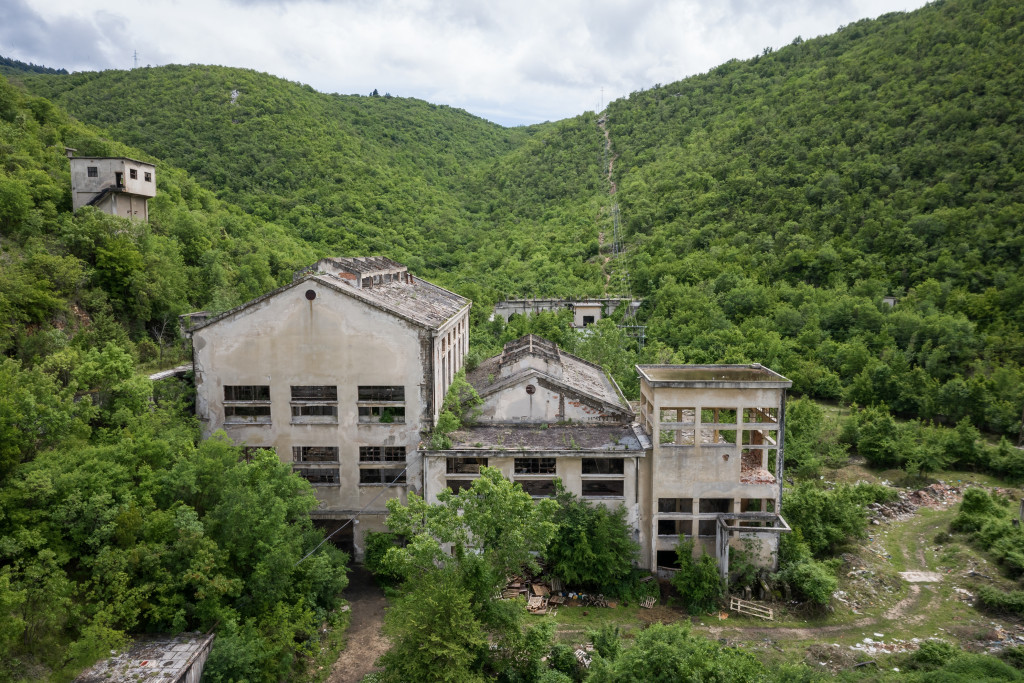- Structural issues need to be inspected before purchasing an abandoned building.
- Security and neighborhood issues need to be taken into consideration as well.
- Permitting and zoning issues may require additional costs and delays in investment plans.
- Environmental concerns should be researched and accounted for.
- A thorough inspection of the property and a realistic investment plan are essential to mitigating risks.
Investing in abandoned commercial buildings can be a tempting opportunity for property investors and those in the real estate industry. After all, you could potentially get a great deal on a large and spacious property that you can transform into a profitable business or residential space.
However, it’s essential to remember that abandoned properties come with various risks that you’ll need to factor into your investment strategy. Here are the chances of investing in abandoned commercial buildings and what you need to know before committing to any investment.
Structural issues
One of the most significant risks of investing in abandoned buildings is the risk of structural issues. Abandoned properties may have been neglected for years, and the lack of maintenance can cause significant problems with the building’s foundation, roof, and walls. Conducting a thorough inspection of the property before purchasing and investing in it is crucial to ensure you’re not taking on massive repair costs.
Security and neighborhood issues

Neglected commercial buildings can also attract criminal activity. Vandals, squatters, and drug users may make the abandoned property their home and use it for illegal activities. This can lead to property damage and safety concerns for those investing in the building.
Furthermore, some travelers tend to occupy abandoned properties and remain there for extended periods. If this happens, you’ll need to enlist the help of a traveler eviction service provider to remove them your investment worthwhile. Do not attempt to evict travelers; this can be dangerous and put you at risk of legal consequences.
Permitting and zoning issues
Another risk of investing in abandoned buildings is that the building may have issues with permitting and zoning. The property may not have the necessary permits or zoning approvals to operate as a business, or you may need to make significant changes to the property first. This can cause delays in your investment plans and add additional costs.
Environmental concerns
The availability of deserted properties has enabled many entrepreneurs to start businesses at a lower cost. Still, before purchasing one, it is essential to consider the environmental concerns associated with these properties. While abandoned projects can offer entrepreneurs an excellent opportunity, they can pose a severe environmental threat if not handled properly. Some of these concerns include:
Asbestos Contamination
Asbestos, a hazardous material commonly found in older buildings, can pose a significant risk to human health if inhaled. If an abandoned property was built before the 1980s, there is a high probability that it would contain asbestos.
Investors should conduct a comprehensive asbestos survey before purchasing a neglected commercial building. By doing so, they can determine the level of contamination and make an informed decision whether to buy or not.
Water Pollution
Many abandoned buildings have been unused for extended periods, accumulating pollutants such as industrial chemicals, solvents, and oils. These pollutants can seep into the groundwater, posing a significant risk to public health and the environment.
Buyers should consult with environmental professionals and regulatory agencies to determine the extent of water pollution in the area of the building. Additionally, entrepreneurs should inspect the surrounding land, including drainage systems, to identify possible sources of water pollution.
Lead-Based Paint and Soil Contamination

Older buildings may contain lead-based paint that can pose a severe risk to human health if ingested or inhaled, particularly for children. The soil around abandoned commercial buildings can also be contaminated with lead.
Investors should conduct lead paint tests before purchasing abandoned commercial properties and conduct soil tests around the building to ensure that the soil is not contaminated with lead.
Air Pollution
Abandoned commercial buildings can be a source of air pollution, mainly if they contain hazardous materials. Asbestos, lead, and other dangerous materials can be released into the air during demolition or renovation. Buyers should ensure that they comply with environmental regulations and properly dispose of hazardous waste.
Final thoughts
While investing in abandoned commercial buildings can offer opportunities for those in the real estate industry, it’s vital to weigh the risks before making any commitments. Structural issues, permitting and zoning issues, environmental concerns, and security and neighborhood issues are just some risks to consider.
Conducting a thorough inspection of the property, researching the surrounding neighborhood, and creating a realistic investment plan can help mitigate these risks. Ultimately, investing in abandoned commercial buildings can be a high-risk, high-reward venture. So, make sure you’re well-informed and prepared before taking on an abandoned commercial property.

